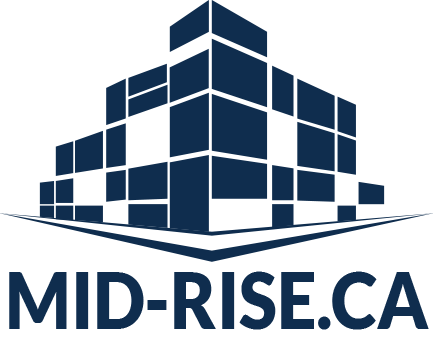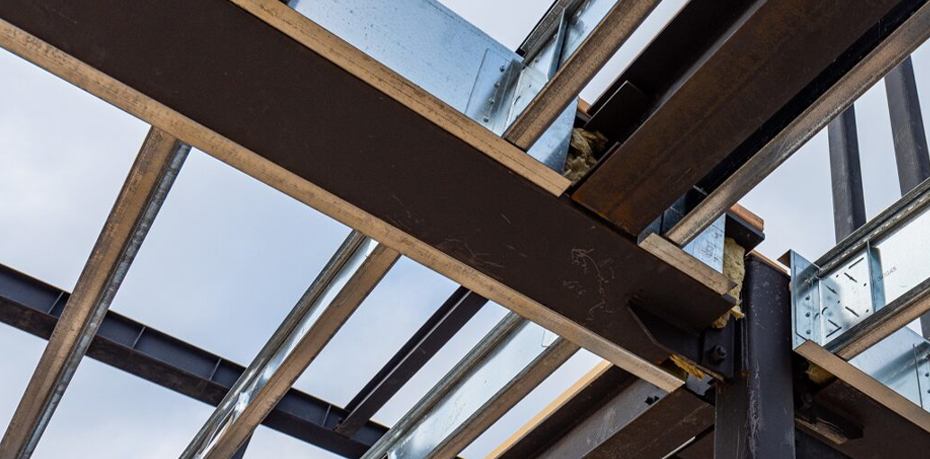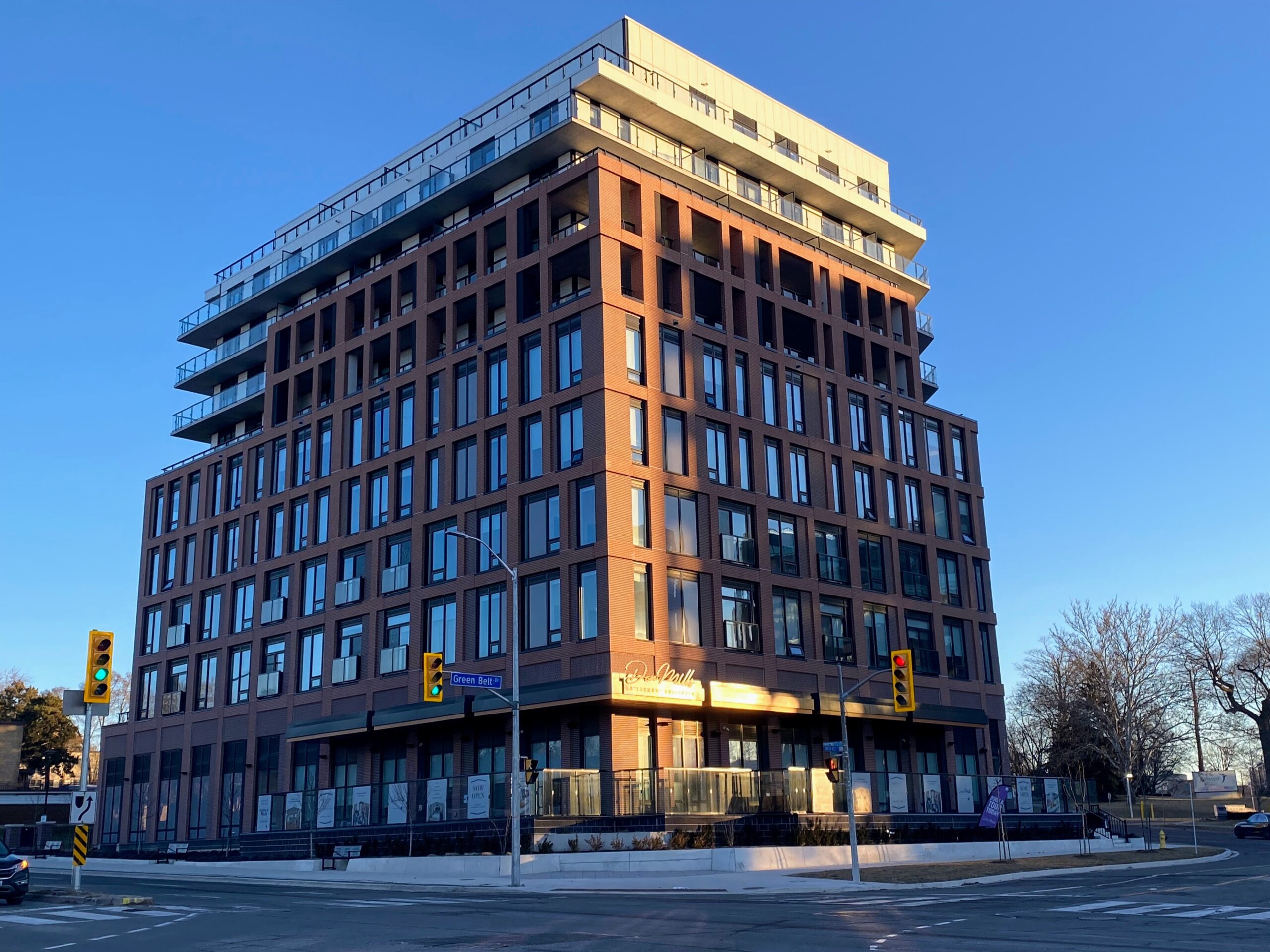Canada is and will continue to be one of the best places to live on this planet. As one of the major destinations for immigrants, such as myself, Canada is pushed to grow at an ever-increasing pace which will only get faster due to climate and geopolitical changes in the coming decades. The race to creating good homes, offices, and commercial spaces for the new Canadians is just starting and will continue to get even more challenging. I’m a firm believer that, similar to so many other social experiences in human history, the key to building a better Canada and building it at a pace that would keep it in the race to attract the best immigrants lies in the decentralization of the real estate development process. Mid-rise Developments are one the best ways to achieve this goal.

Below are some of the reasons why mid-rise developments are the perfect tool to help deploy a large army of smaller developers into this field:
1 – smaller initial capital
Mid-rise projects have a relatively smaller scope and cost than traditional highrise buildings. In most cases, a mid-rise project budget ranges in tens of millions of dollars, whereas the conventional highrise cost hundreds of millions of dollars to develop. This difference in the scale of initial capital means that more people and groups can create and finish a mid-rise development project compared to a highrise project.
2 – community support
Mid-rise projects have a much smaller footprint than a traditional highrise building. At the same time, they create a significantly higher density than any individual lowrise development (houses). Their scale typically allows them to revitalize an older and established neighbourhood just enough for the community to appreciate and support. Highrise developments would overwhelm the identity of a neighbourhood and become The Identifier. On the other hand, a well-designed mid-rise building has the unique ability to represent the existing fabric of the community without overburdening it.
3 – effect on the infrastructure
One of the advantages of a mid-rise project is its ability to amalgamate with the existing community without impacting the existing infrastructure of that community too much. In most cases, a mid-rise project can be designed to minimize its stormwater, sanitary, and domestic water overburden on the community’s existing infrastructure. This means that many neighbourhoods can benefit from the revitalization that a mid-rise project brings without paying a heavy toll for updating their entire infrastructure.
4 – smaller development team
Compared to a traditional highrise project, these projects need a much smaller development and management team to complete the project. The smaller entry barriers would allow more entrepreneurs to enter this field without worrying about a massive setup.
5 – Increased ownership
The scale of these projects allows the ownership and development teams to be more involved in every aspect of the project. It is different from just buying a small stake in a massive project that you can’t really have any impact on. Although challenging for the less experienced groups, it allows the ownership groups to care more for the final product and hopefully ensure higher quality in the project.
6 – Shorter turnaround periods
Smaller scope means shorter development and construction cycles. Compared to a traditional highrise project which can take up to a decade for the investors to get their money back, mid-rise developments have a typical lifecycle of fewer than five years.
7 – local job creation
From small architectural and engineering firms to family-owned construction companies, mid-rise create significant opportunities for smaller service providers in the industry. Most highrise projects need consultant teams that employ dozens of people in each discipline and subcontractors with special equipment, sophisticated systems and significant human resources. Although the more prominent players can work in the mid-rise sector, their overheads typically make them less competitive than their smaller competitors who specialize in these projects.
8 – Construction technologies
The rapid and extensive advancements of construction technologies have created unique opportunities in this sector of the construction industry. Modular and prefabricated construction are two main trends in the global construction industry best suited to serve mid-rise construction projects. However, many of these technologies are not compatible with highrise buildings mainly due to their scale and are too expensive for lowrise projects.
9 – Land availability
Mid-rise developments are often referred to as infill projects in the City because they can be defined on currently available parcels of land within an established community. The land for a typical mid-rise project can come from an old school, retail store, gas station, or even an assembly of a half dozen houses.
10 – Partnership Opportunities
In many cases, the landowners would be a perfect fit for a partnership venture. The transition in the neighbourhood or the society as a whole is one of the main reasons landowners look for other ways to profit from their property. Their involvement in the project as a partner lowers the cost of capital for the entire project. It enables the development process to occur while the existing establishment generates revenue for the ownership group.



